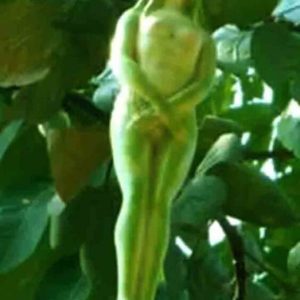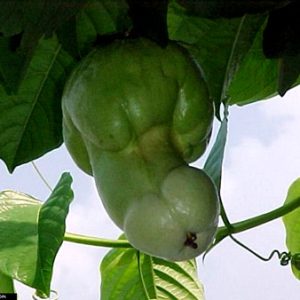Archaeologists in England have analyzed a half-ton coffin dating to the early Bronze Age that was found under a golf course in Lincolnshire County.
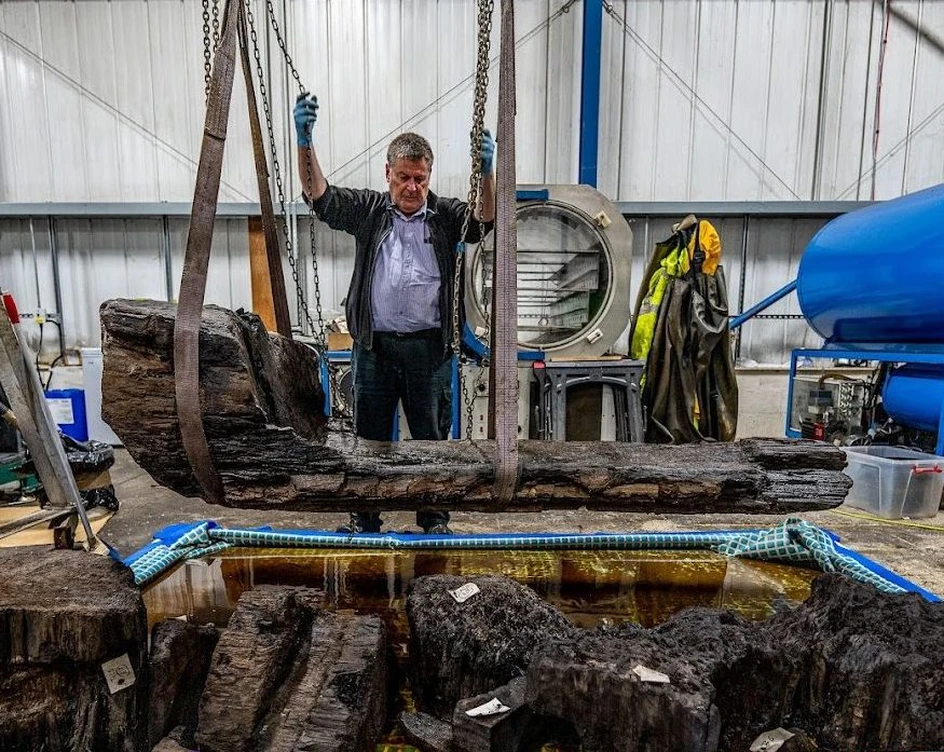
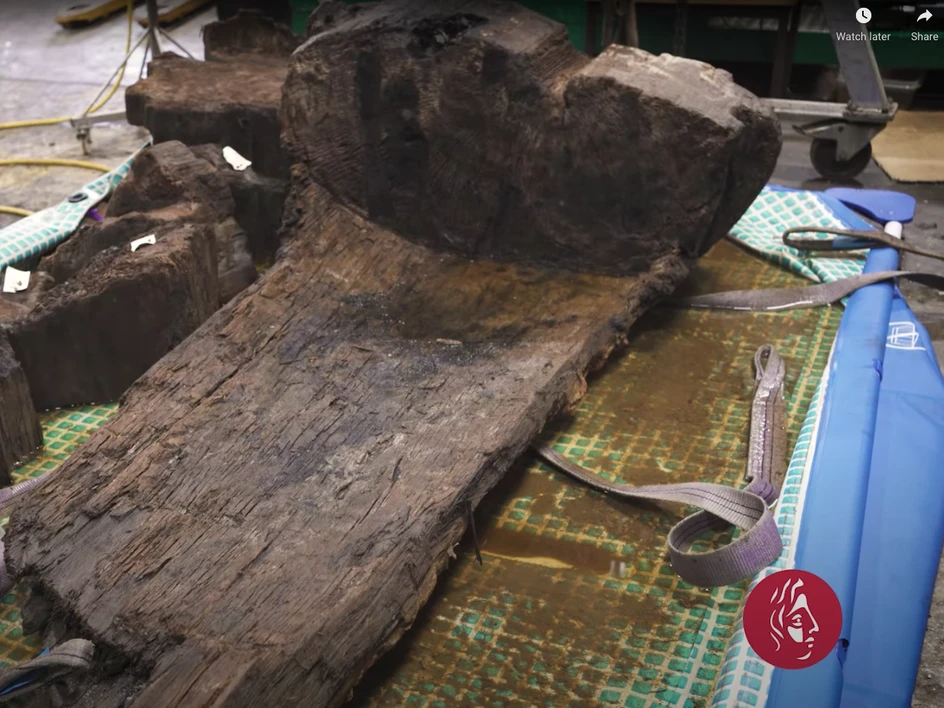
The coffin, cut from a single oak tree and thought to be about 4,000 years old, contained human remains, a hafted axe, and a bed of plant material meant to cushion the body in its eternal slumber.
Maintenance workers discovered the burial in July 2019 while tending to a water hazard at the Tetney Golf Club in Grimsby. The coffin was under a gravel mound, a special situation that indicates a certain amount of community involvement in the burial.
As is standard for objects of historical significance found in England and Wales, the find was reported to the Portable Antiquities Scheme, which processes such reports and ensures that the objects are properly handed.
Objects made of old wood (think shipwrecks, coffins, and even ship burials) are prone to disintegration when they are removed from water or soil after millennia and exposed to sunlight and air. To prevent that from happening to the find, the excavated objects were immediately put in bags filled with groundwater, and the coffin was put in cold storage for a year.
Afterward, the coffin was moved to the York Archaeological Trust, where conservators have been working on it and the associated artifacts, including an axe.
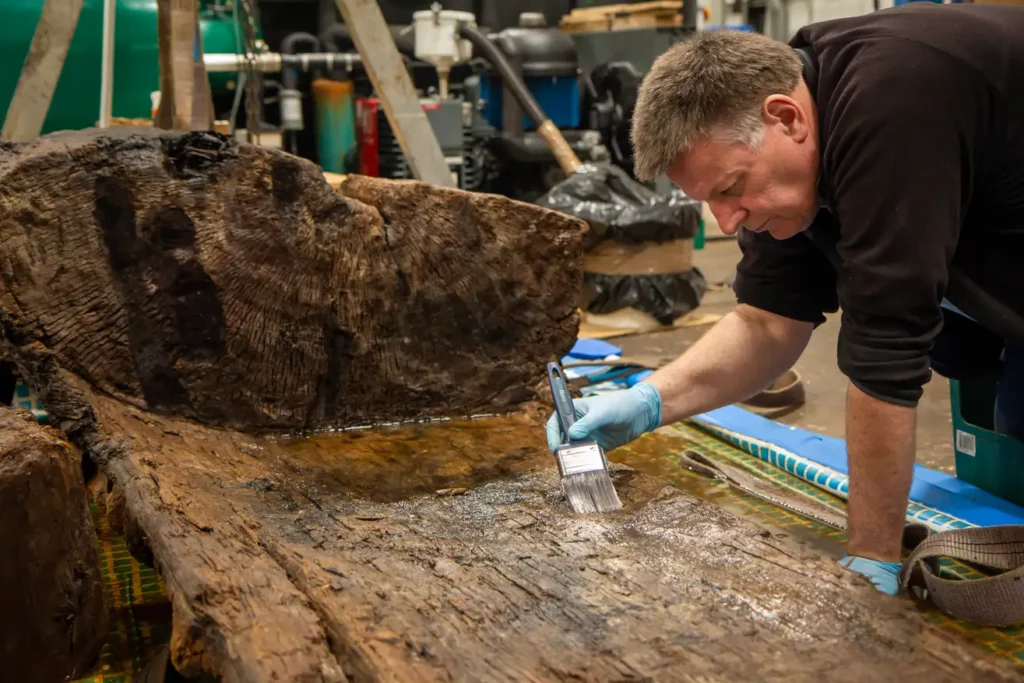
“The man buried at Tetney lived in a very different world to ours, but like ours, it was a changing environment; rising sea levels and coastal flooding ultimately covered his grave and burial mound in a deep layer of silt that aided its preservation,” said Tim Allen, a Sheffield-based archaeologist for Historic England, in a York Archaeological Trust press release.
An interesting component of the work was the environmental analysis of the plant bedding.
Hugh Willmott, an archaeologist at the University of Sheffield who participated in the excavations, said on Twitter that moss, yew or juniper, hazelnuts, and leaf buds were found in the coffin.
The types of floral remains indicated that the burial likely took place toward the end of spring, some four millennia ago, when a few woolly mammoths still survived. Willmott said in an email to Gizmodo that the hazelnuts may have been a food offering, while the moss could have been a sort of bed for the deceased.
Not much is currently known about the human remains, though the archaeological team suspects it was an individual of some social importance.
Willmott said that initial attempts to extract DNA have been unsuccessful. Dating the coffin is still ongoing—the archaeologists need to do a combination of dendrochronology and radiocarbon dating, which they can cross-reference to find out the year the tree was felled, give or take a couple of years.
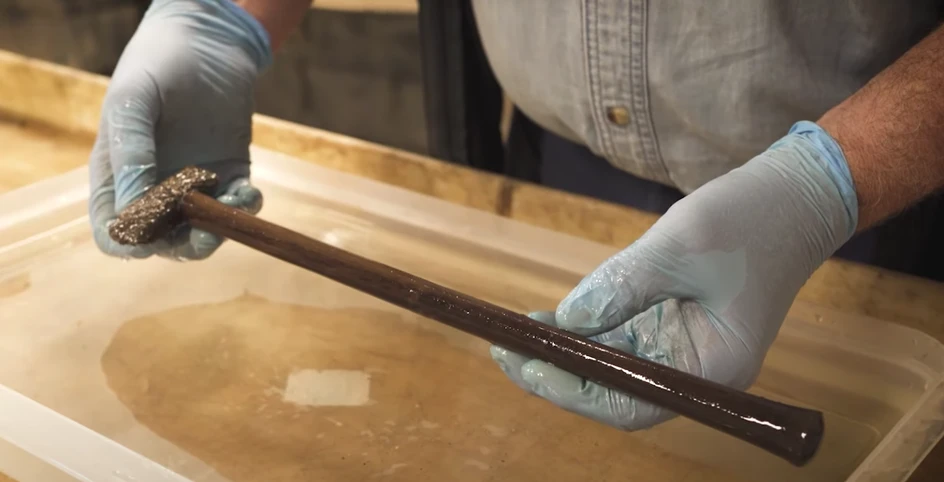
A shockingly well-preserved axe was found with the person; the handle looks like it could have been varnished yesterday. The axe head is a combination of stone and fossilized coral.
Based on the object’s shape and size—the axe head is less than 4 inches across—the team believes it was a symbol of authority rather than a practical tool. There are very few such axes known in Britain, perhaps only 12, according to the York Archaeological Trust, making this one of the most eye-catching elements of the discovery.
The wooden coffin joins some 65-odd objects like those found around England. Preservationists said in the same release that the axe should be fully preserved within the year, but the coffin will take at least two years to fully treat due to the object’s size.
This research comes on the heels of the University of Sheffield’s decision to close its archaeology department, as reported by the BBC in July, and the University of Worcester announcing the closure of its archaeology department, also reported by the BBC.
The Campaign to Save British Archaeology was launched in response to the closures. This trend is a troubling one. Had the Sheffield archaeological team not been close by when the Bronze Age coffin was unearthed, the cultural heritage could’ve quickly deteriorated.
Thanks to the quick thinking of the nearby archaeologists, the objects are being preserved and will be displayed at the Collection Museum in Lincolnshire.





